She took on a man's world and conquered it - ThoughtWorks CTO Rebecca Parsons' tryst with tech
In this week’s Techie Tuesdays, we feature Rebecca Parsons, CTO of ThoughtWorks. Simply put, Rebecca says she can’t imagine being anything but a technologist. A big proponent of women in tech and inclusiveness, Rebecca’s tryst with technology is an interesting read.
“It's really hard for me to imagine how long have I been at the same company, but in some ways it doesn't feel like it's the same company,” says Rebecca Parsons, the Chief Technology Officer of ThoughtWorks.
“When I started, we were less than 100 people, now we're 5,000 scattered all over the globe. I've always felt the company's value systems and my value systems are aligned. What constitutes success in the mind of the company and what constitutes personal success for me is aligned. I respect the people I work with, I respect the culture we've built. So, I feel like I can stay here, do good work and make a difference.”
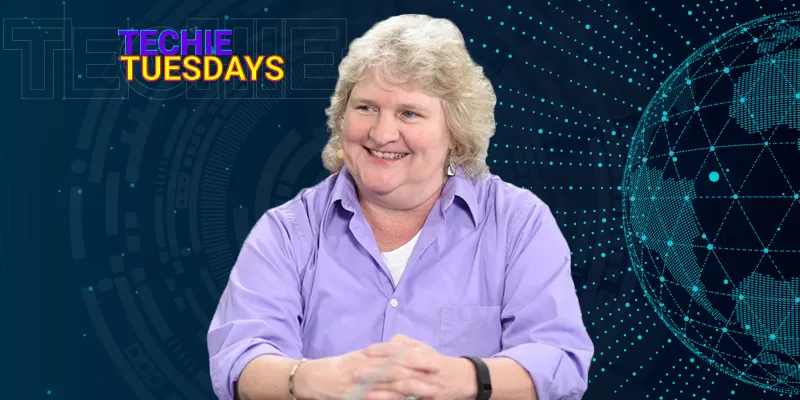
That probably best explains Rebecca Parsons’ life at ThoughtWorks. In interactions with tech-leaders over the years, I’ve found deep respect for the culture at ThoughtWorks. And when I meet Rebecca, I see her embodying that spirit and value system. Her journey at ThoughtWorks has shown her passion for technology, commitment to push boundaries and take ThoughtWorks to the next level.
‘I always knew I'd get PhD in something’
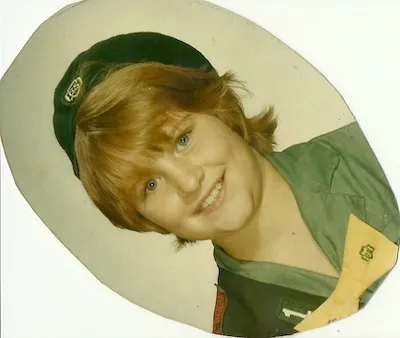
Rebecca grew up in a theological seminary, and recalls reading several books as a child. “When I was young, I always knew I'd get a PhD in something, just didn't know what.”
She moved to Peoria, Illinois, when she was 13 years old after her father was elected as the bishop. That was a difficult time for her as she had to change schools and adapt to different elementary school systems from Wisconsin to Illinois. There was some repetition of what she had already studied and realising this, her algebra teacher in the ninth grade gave her a copy of the text book for the programming class and asked her to learn programming. Rebecca fell in love with programming – this was the programming language PL-1.
Computer Science and Economics
Rebecca joined the University in Peoria at the age of 17 under the early admission programme. At 18, she started as a cooperative education student working at the Caterpillar tractor company. She graduated after three and a half years with a degree in Computer Science and Economics. At that time (1980-81), the computer science degree was more of an information systems degree. In university, she coded in PL-1, Fortran, COBOL and IBM-360 assembly language.
At the university, Rebecca worked on a project as part of the combined compiler and operator course, where she wrote an operating system in Fortran for a new CDC computer.
Related read - The making of Jyoti Bansal - from a small town in Rajasthan to building a multibillion-dollar tech company
Caterpillar -II
After graduation, she got job offers at Caterpillar from both its Computer Science and Economics departments. She recalls, “I thought if somebody would pay me to read Wall Street Journal, then why wouldn't I take the job in Economics.”
Instead, she took up the computer science job because there was something about the technology job that seemed to interest her. At Caterpillar, she programmed in PDP-11 assembly language while working on warehouse automation, and her team replaced an old IBM-1800 with PDP-11 machine. She did almost all the programming to control systems for the cranes in the warehouse, and for the system that decided how loads went on conveyer belts.
The systems were designed with Allen Bradley programmable controller, which talks to the actual hardware and the programmes Rebecca worked on talked to the Allen Bradley system for the conveyers and also directly to the cranes. This was the first or the second automated warehouse in the world.
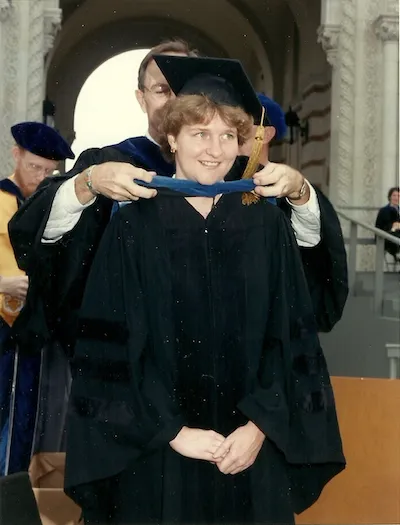
Keep learning, keep moving
Rebecca moved to Dallas, Texas, to work for Mastec Semiconductors as a systems person in the computer-aided design group. There she learnt C programming language, VMS operating system and UNIX. She wrote a scheduling communication system that would allow an engineer to submit a job, and run them on the convex computer to get results. She says, “At one point of time, I was working on 11 different hardware platforms with seven different operating systems. So, I got a lot of chance to learn the low-level systems aspects of different architectures.”
She also worked at Amdahl Communications, a wholly-owned subsidiary of Amdalh. They built communication switches and worked on the C programming language. Rebecca wrote intelligent filters for alarms so it would be easier to operate large networks
When she moved to Dallas, she enrolled for a part time master’s programme in Computer Science at the University of Texas. Eventually, she realised she needed to enrol for the full time programme, so she stopped working in 1987 and went to Rice University in Houston.
Graduate life and research @Rice University
At Rice University, Rebecca was fascinated by a talk given by a couple of researchers from the University of Wisconsin. She recalls, “They came up with a way of reasoning about optimisation for vector and parallel programmes. At that time, Rice University was well known for a lot of research in vectorising compilers. I went up to the professor and later I ended up working under him on 'Semantics of programme dependence graphs'.”
The programme dependence graph is an internal representation that was used by compilers to optimise programmes. Rebecca developed both denotational semantics and operational semantics for the programme dependence graph. Then, based on operational semantics, she developed an equation calculus that allows one to prove the correctness of optimisations.
“Optimisation is basically changing the structure of the programme to make it run faster but you would have to see that you don't change the meaning of the programme.”
Related read - The untold story of Alan Cooper, the father of Visual Basic
Los Alamos National Laboratory
Rebecca’s interest branched out a bit when she went to Los Alamos National Laboratory in 1992. She was on a director's post doctoral fellowship for two-and-a-half years. When she started, she couldn't get her security clearances so she worked from the outside, with molecular biologists. She solved their fragment assembly problem in a human genome project using genetic algorithms.
This is also how she got involved in evolutionary computation and artificial intelligence. Rebecca joined DECUS (Digital Equipment Computer Users' Society) in 1983, and worked on AI SIG because of her interest in artificial intelligence.
She worked on how to make it easier for people to write some scientific programmes in C++. There was a system called Rose, which was a library that people could use to write scientific programmes. She built some software that would allow the Rose library to be optimised.
She also did some work in Haskell programming language, specifically around modelling reservoirs for oil and other things.
“At that time, if you didn’t get into academia immediately after finishing your PhD, it would be very difficult to later get into it. So, I gave it a try. I loved the teaching, I hated the grading and I realised that I was not cut out to be an academic and was more of a practitioner.”
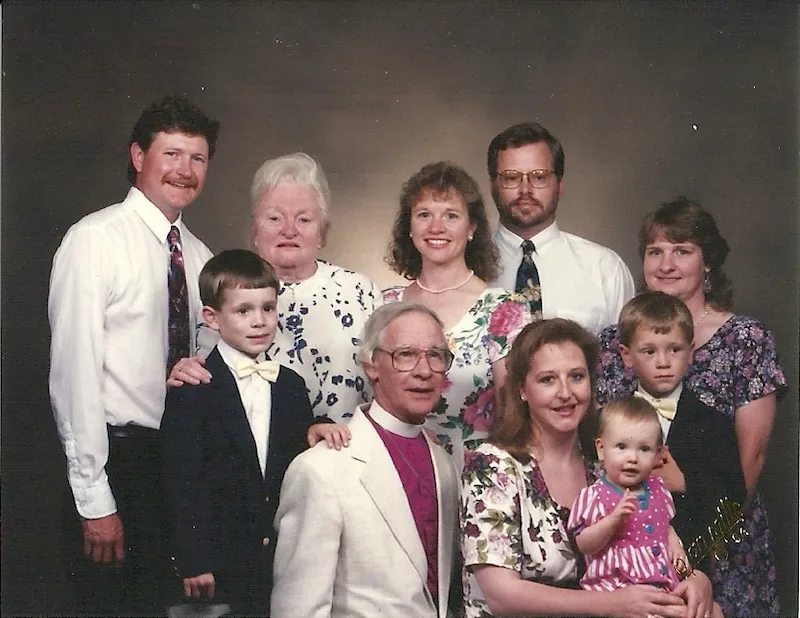
ThoughtWorks journey – beginning
One of Rebecca’s friend from DECUS was working at ThoughtWorks and asked her to join the company. “The timing was perfect as I wasn't happy doing what I was doing then. ThoughtWorks, at that time, was less than 100 people. I was really intrigued by the founder and people at the company. I liked the idea of joining a consulting company because I get bored very easily.”
Rather than working for the same company doing the same thing on the same technology stack, she could go to different projects, work on different technologies/applications, different domains. That appealed to her desire to learn more.
Ironically, the first project she worked on at ThoughtWorks was for the financing division of the Caterpillar tractor company. After a year, she went to work in London and helped start the company’s office in the UK. She stayed in the UK for three-and-a-half years and worked on a couple of projects in US before coming back to UK. Rebecca returned to the US after being named the Chief Technology Officer of the company.
Key projects before being the CTO
- Getting finance express, the application for Caterpillar into production– This was basically a lease processing system. The company used agile software development techniques so there was a lot of test automation. The system was built in a very early version of Java, and it had different primary modules to handle interfacing with some external systems like the credit scoring system.
- ThoughtWorks redid the store systems for Dicksons store group in UK- Rebecca worked on upgrading and deployment of the new version of software across all the stores and tills. There were 14,000 different tills across stores and the whole system was built in Java. The company used WebSphere and Oracle in the central servers, whereas the distribution software was from computer associates.
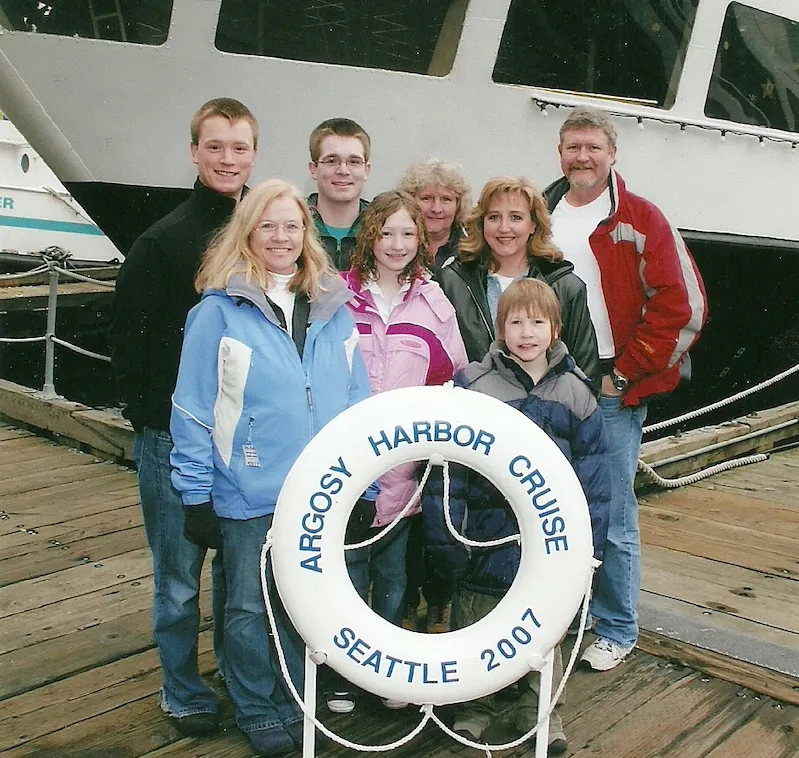
Post ThoughtWorks CTO era
When Rebecca became the CTO of ThoughtWorks in 2009, there wasn't any CTO before her. Founder Neville Roy Singham had been acting in several roles and ThoughtWorks hired many smart people and a traditional top-down CTO who told people what to do, would not work. Realising this, Rebecca formed a Technology Advisory Board (TAB) for which she selected people from across different offices.
“The idea was to work with the group and decide what technology we should be working on, from research perspective or adoption. That was the group that started Technology Radar.”
As a group, the team asked:
- What are the hot technologies?
- What are technologies that the tech community feels are cool?
After compiling these lists, they decided to publish it for others (as a Technology Radar).
With TAB, Rebecca wanted to formalise the influence of technology in the management of the organisation. As the company got bigger, it needed more people who understood the mechanics of running a business. “As countries (offices) got more autonomy, we had a head of technology in each country so that technologists continue to have a voice in business decision. Because we wanted to make sure that the technology remains at the heart of who we were, it was always our differentiator.”
You may also like - Will over skill -- story of Vivek Vaidya and his $700 M startup exit
Evolution during the years
The role of CTO at ThoughtWorks is to look into both business and technology decision making.
- First two years, Rebecca was internally focused on figuring how to work with different parts of the businesses.
- From 2011, around 70 percent of her time was client facing, and she got actively involved in public speaking.
- As the company continued to grow, much of what she was doing early on was taken up by the head of technology in different countries. More recently, they formed the office of the CTO as they got more clients, more technology heads, more conferences, and needed to distribute what she was doing.
Qualities that helped in the current role
Rebecca is the voice for technology organisation in the company. She makes sure to communicate about technology in a way that the rest of the business understands and here, she believes her economics degree has come handy.
“I get bored easily, I love to learn. You can't be the CTO without constantly learning because you'll be out of date very soon. And then it comes down to being able to build teams that want to work together and embody that passion for continuously improving.”
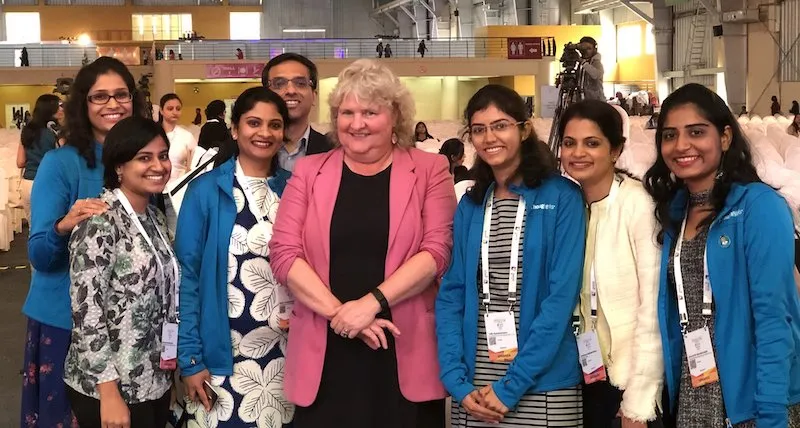
Culture at ThoughtWorks
According to Rebecca, ThoughtWorks doesn't only hire smart people, but those who are passionate about technology and about their craft. “We're a very collaborative culture where people will share their experiences of working on different technologies. So, it's a lot about taking the collective wisdom of 5,000 ThoughtWorkers across the globe and filter that down to the investments we're going to make.”
ThoughtWorks boasts of the culture of collaboration and teamwork, the willingness to share and ask questions and explore, and constantly striving to improve. “When we figure something out, we want people to know about it. We want to continuously improve how the industry delivers the software.”
Much of her role as CTO is to create and nurture an environment of team work and collaboration and support people who want to get their ideas out there.
Also read - How Shashikant Khandelwal is making Facebook ads relevant for over a billion people
Challenges
For most of the company’s history, ThoughtWorks has been the expert in all the technologies that it needed to solve problems. But the technology landscape is getting increasingly complex. “Even with how much we’ve grown, there are going to be things we just can't do anymore. The footprint of the technology landscape is expanding and we need to figure out how to work with other organisations to complement the skills we bring.”
“So, there are a lot of decisions to be made, where do we place those bets and who'll be the right partners for us to be working with to complement our skillsets.”
When she started, more than 80 percent of ThoughtWorks employees were developers, and now the company has a significant number of designers, product people, and domain-focused workforce. The company has to work on how get people with different skill sets together and be a part of its strong culture. “To some extent, we have to broaden their conception of who we are without deluding the power of who we are.”
Women in tech
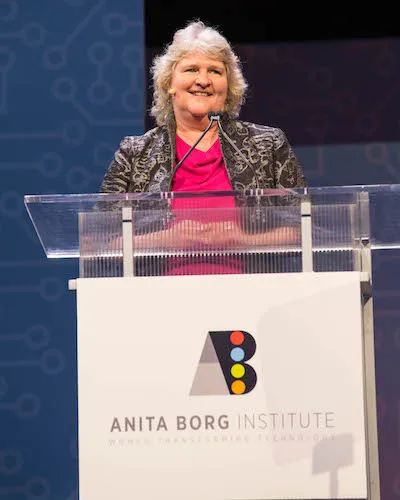
One of the things that has Rebecca very passionate about women in tech is the first CTO panel that Anita Borg Institute put up at the Gracehopper celebrations. One of the students on Rebecca’s table from South East Asia said – “I think I need to find a new advisor because my advisor told me that I was taking a spot of a man and I need to go home and make babies like I was supposed to.”
“We need to keep fighting some of these cultural biases that exist.”
Rebecca recalls an incident when she was at the university and a professor said women were incapable of understanding computer science. “You just can't do things like that anymore. Things have improved because it's no longer acceptable in workplaces and society to say things like that.”
Rebecca believes herself and many others at Thoughtworks to be geeks and passionate about technology. “I cannot imagine not being in the technology industry. But for a lot of men it is just a job - a well-paid job to make a good living.”
Rebecca believes that as a woman in technology, if you're not really passionate about it, at some point you're just going to get tired of the environment. Over the last year and a half, she has had two separate instances where she had to appeal to friends because she was being harassed. “And that's me, I'm not a 25-year-old who doesn't know their way around the world. What would it be like for people who are just coming in."
Sub-conscious bias and identity crisis
According to Rebecca, human beings suffer from a sub-conscious bias. But the problem is how does one cope with the fact that bias exists and what we can do to mitigate the bias. She believes that we have to try to actively work against that bias and there's a long way to go.
“We're in some kind of identity crisis as an industry, the tech industry really wants to believe there is meritocracy, but there is not. Because it's not a level playing field."
She recalls an incident when she was at a conference where a woman gave a talk which wasn't very good. Later, a man who was attending the conference tweeted – “’Look, this is what happens when you focus on diversity, you get bad talks’. Lots of men over the years have given bad talks, but a bad talk by a man is not an indictment of all men's ability to speak. And yet, this happens.”
“It's that dichotomy - you can give a bad talk and it's not going to impact another man, but if I gave a bad talk, women speakers get a bad name. As an industry, we need to change this.”
Related read - Meet Kiran Bhat—the man who engineered Hulk and Tarkin to win 2017 sci-tech Oscar
Hiring the right talent
Rebecca looks for following in candidates while hiring a techie:
- Passion for technology- She asks them about things they've worked on, their opinions on technology. One can tell when somebody gets excited about it.
- Open minded about trying new technologies- There's no one perfect technology so one has to be open minded.
- One who can collaborate- Even though ThoughtWorks hires specialised people, they don't want to hire lone wolves because the company always work in teams.
Decision making and value system
Rebecca tries to evaluate each aspect before taking a decision. She is mostly driven by the following values:
- Wanting to do the right thing
- Fairness
- Desire to continue to learn and develop
- Empathy
- Inclusiveness
- Open-mindedness
For Rebecca, technology is a means to an end.
“I'm certainly not a tech utopian but I'm not a tech dystopian either. Technology is quite powerful. I find it fascinating. With respect to technology, I imagine myself sitting on the fence between theory and practice.”
For now, she would like to continue to make an impact in technology and diversity.
You can follow her on Twitter or connect on LinkedIn.







